Most food lovers don’t pay attention to detail the kind of food they eat. Most of them just prepare and eat whatever comes their way. No one seems to ask which is the healthiest cooking method. This question, if been thought deeply would go a long way to determine the nutritional value of the foods we eat.
Eating nutritious foods can improve your health and energy levels. Surprisingly, your cooking method plays a major role in the number of nutrients that’ll be present in your meal.
It’s therefore important to select the right cooking method to maximize the nutritional quality of your meal. However, there is no perfect method of cooking that retains all nutrients.
In this article, I will outline the different cooking methods and how they affect the nutrient content of foods.
The Healthiest Cooking Methods Explained:
Baking
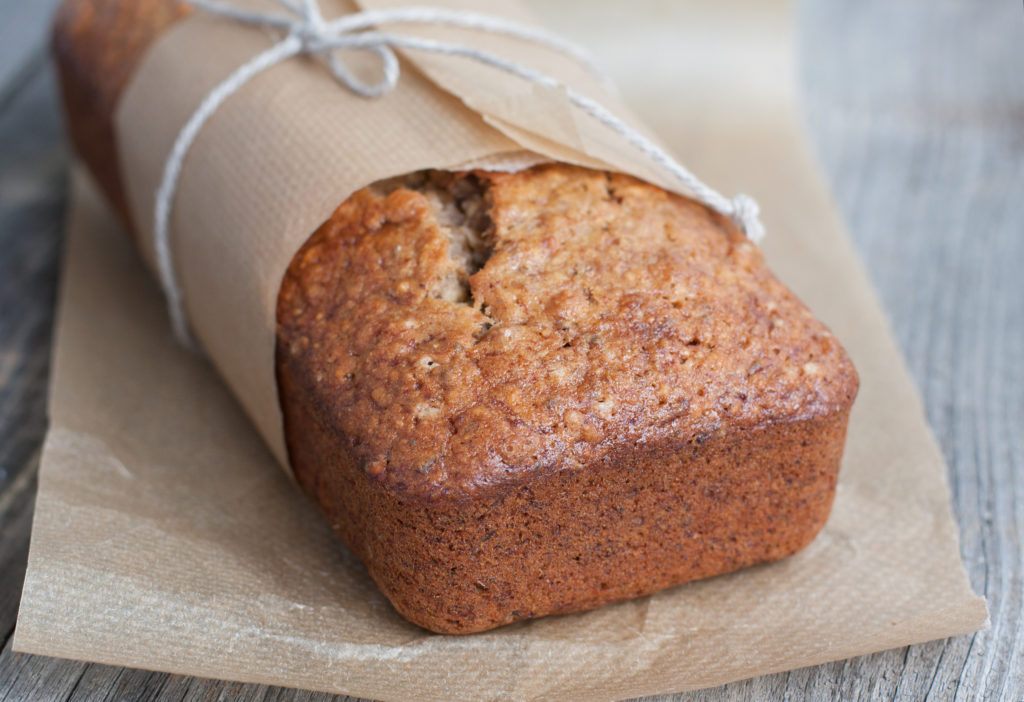
Certain vitamins can be lost during baking. This is due to the fact that temperatures for baking are higher than for steaming and boiling. Thiamine and vitamin C are examples of those vitamins as they’re the most unstable at heat.
This cooking method destroys and inactivates some of the unfriendly microorganisms in foods, and this enhances the nutritional value of the final dishes. Moreover, baking can make protein in meat and eggs easier to digest. Also, in cases of grain-based products, it can increase the amount of vitamin B. This micronutrient can be synthesized as a result of yeast activity.
Microwaving

Due to its shorter cooking time which results in minimal nutrient destruction, microwaving may be the healthiest way to cook. Microwaves cook food by heating from the inside out. They emit radio waves that “excite” the molecules in food, which generates heat, cooking the food. While microwave cooking can sometimes cause food to dry out, that can easily be avoided by splashing on a bit of water before heating or placing a wet paper towel over your dish. The way that microwaves cook food nixes the need to add extra oils. The best part is, you can microwave just about anything, from veggies and rice to meat and eggs.
Boiling
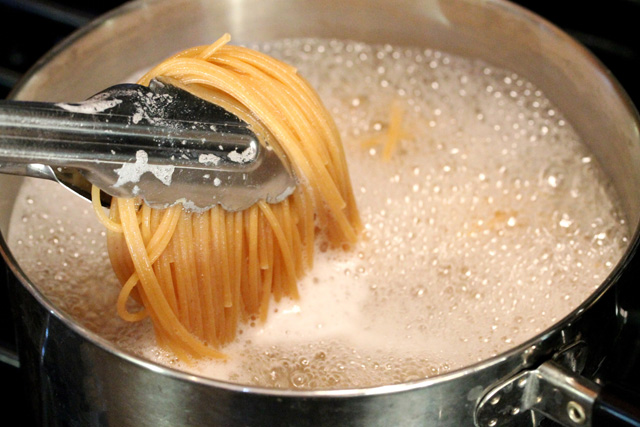
Boiling is quick, easy, and all you need to add are water and a touch of salt. But the high temperatures and the large volume of water can dissolve and wash away water-soluble vitamins and 60 to 70 percent of minerals in some foods, especially certain vegetables. But research actually suggests boiling could be the best way to preserve nutrients in carrots, zucchini, and broccoli (when compared to steaming, frying, or eating raw).
Steaming
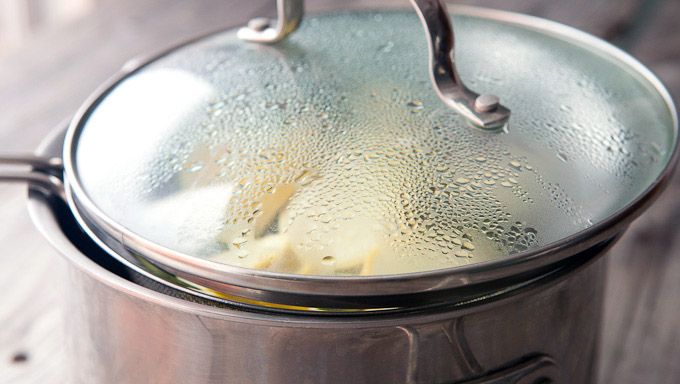
This is perhaps the best way to cook the vegetables, as it avoids the destruction of lots of nutrients. Also, it breaks down some of the fiber content, which is useful in releasing other nutrients and optimizing their absorption. Cellulose for example, which is found in the cell walls of fruits and veggies, can’t be properly processed inside the digestive system, and if this compound isn’t destroyed, the release of some vitamins and minerals is reduced.
To minimize the nutrient loss while steaming, prepare the vegetables whole, with skins on, and peel them after they’re cooked.
Poaching

The same goes for boiling’s cousin, poaching — no additives. Basically, poaching means cooking the given food in a small amount of hot water (just below boiling point). It takes slightly longer (which some experts believe can decrease nutrient retention), but is a great way to gently cook delicate foods like fish, eggs, or fruit.
Grilling
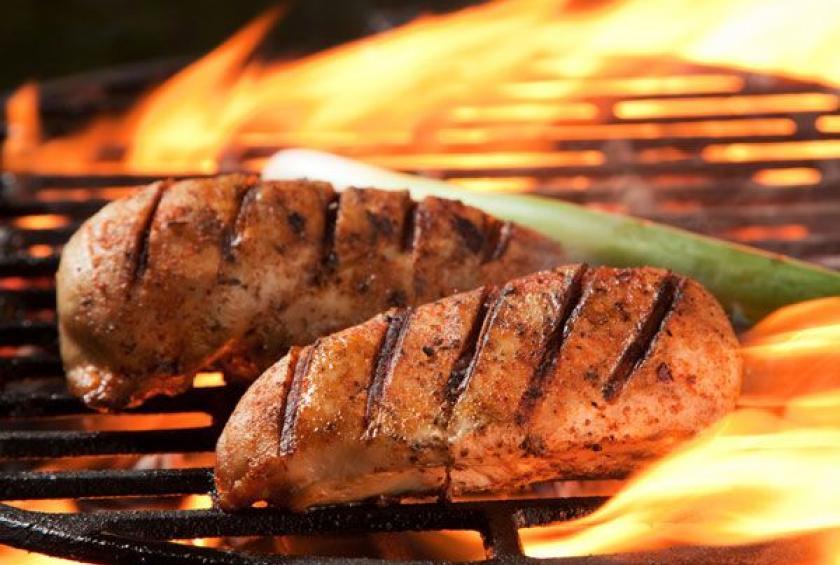
When it comes to getting maximum nutrition without sacrificing flavour, grilling is a great option. It requires minimal added fats and imparts a smoky flavour while keeping meats and veggies juicy and tender. While these are definitely healthy benefits, not everything about grilling is so good for you. Some research suggests that regularly consuming charred, well-done meat may increase the risk of pancreatic cancer and breast cancer.
Frying
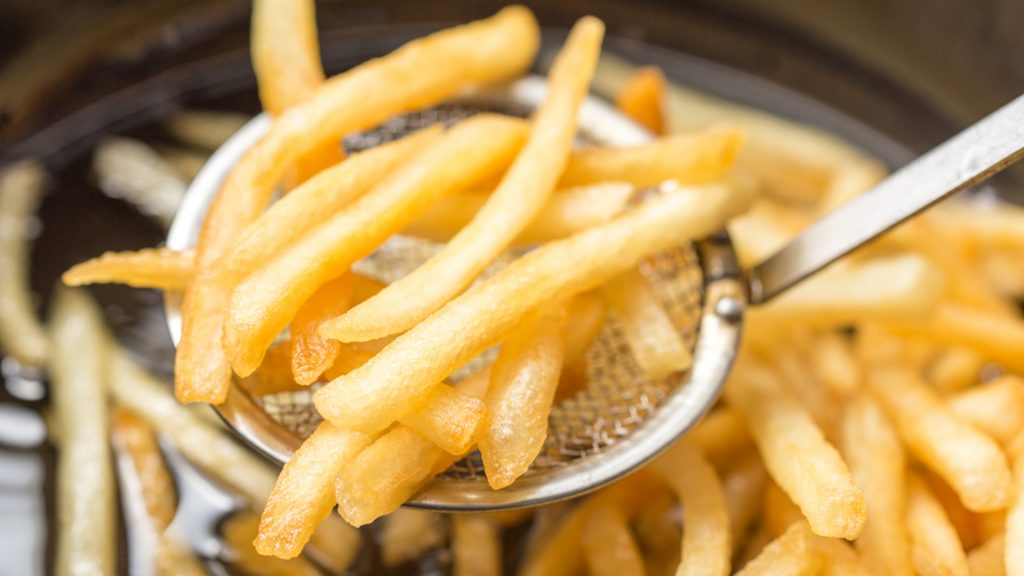
Of all these methods, the least healthy is frying, which destroys more nutrients due to the higher temperatures. Frying requires you to cut and peel the foods before preparing them, so it exposes the products to oxidation and this causes significant nutrient loss. Adding oil can protect some of the nutrients, but adds calories and can create free radicals, especially if the temperature exceeds 150C/300F.
Also, the smoke from frying can bother your respiratory system, the use of range hood devices could help to take away this potential hazard.
Foods that are fried absorb fat and end up with a higher energy density, and they’re harder to digest than grilled foods for example, so if you have to opt between frying and grilling for your meat-based dishes, grilling is always a better idea for keeping the meals lighter.
After coming to a conclusion, we really won’t say that one is the healthiest cooking method and the other is the worst. However, none of these cooking methods is threatening to your health as long as you keep your techniques varied and alternate between baking, frying, boiling, steaming and eating raw foods.
There are plenty of ways to cook up juicy and flavorful food without adding tons of unnecessary extras. While most people know to ditch the fryer when cooking up healthy meals, many don’t think about how their cooking method affects the nutritional make-up of their entrée.
In general, it is recommended to cook for shorter periods at lower temperatures with minimal water will produce the best results.
Don’t let the nutrients in your food go down the drain. Eat healthily! Stay healthy!!







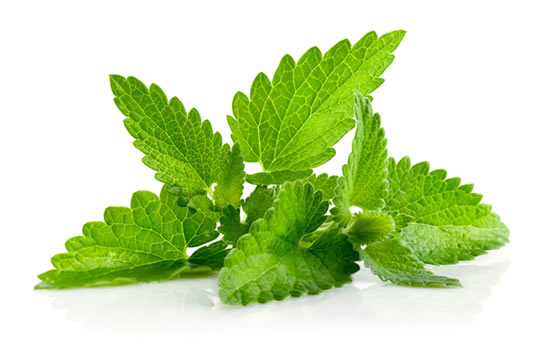
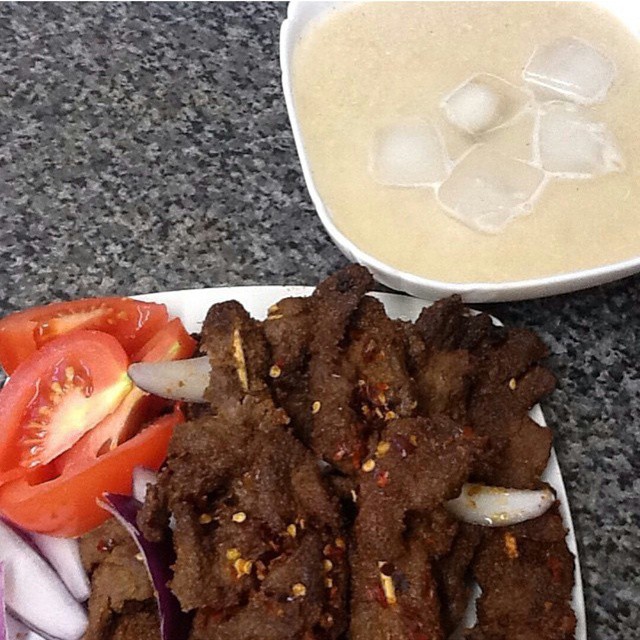

Your point of view caught my eye and was very interesting. Thanks. I have a question for you.
Your point of view caught my eye and was very interesting. Thanks. I have a question for you.
Can you be more specific about the content of your article? After reading it, I still have some doubts. Hope you can help me.
Thanks for sharing. I read many of your blog posts, cool, your blog is very good.